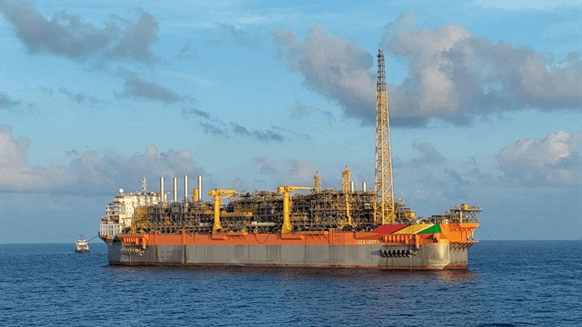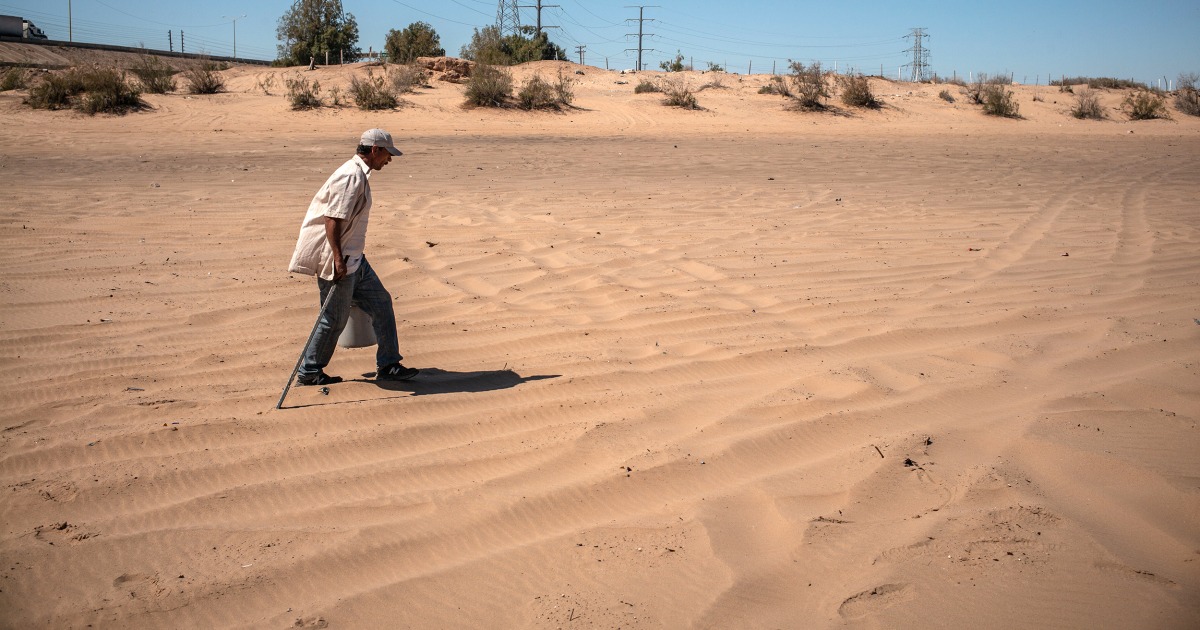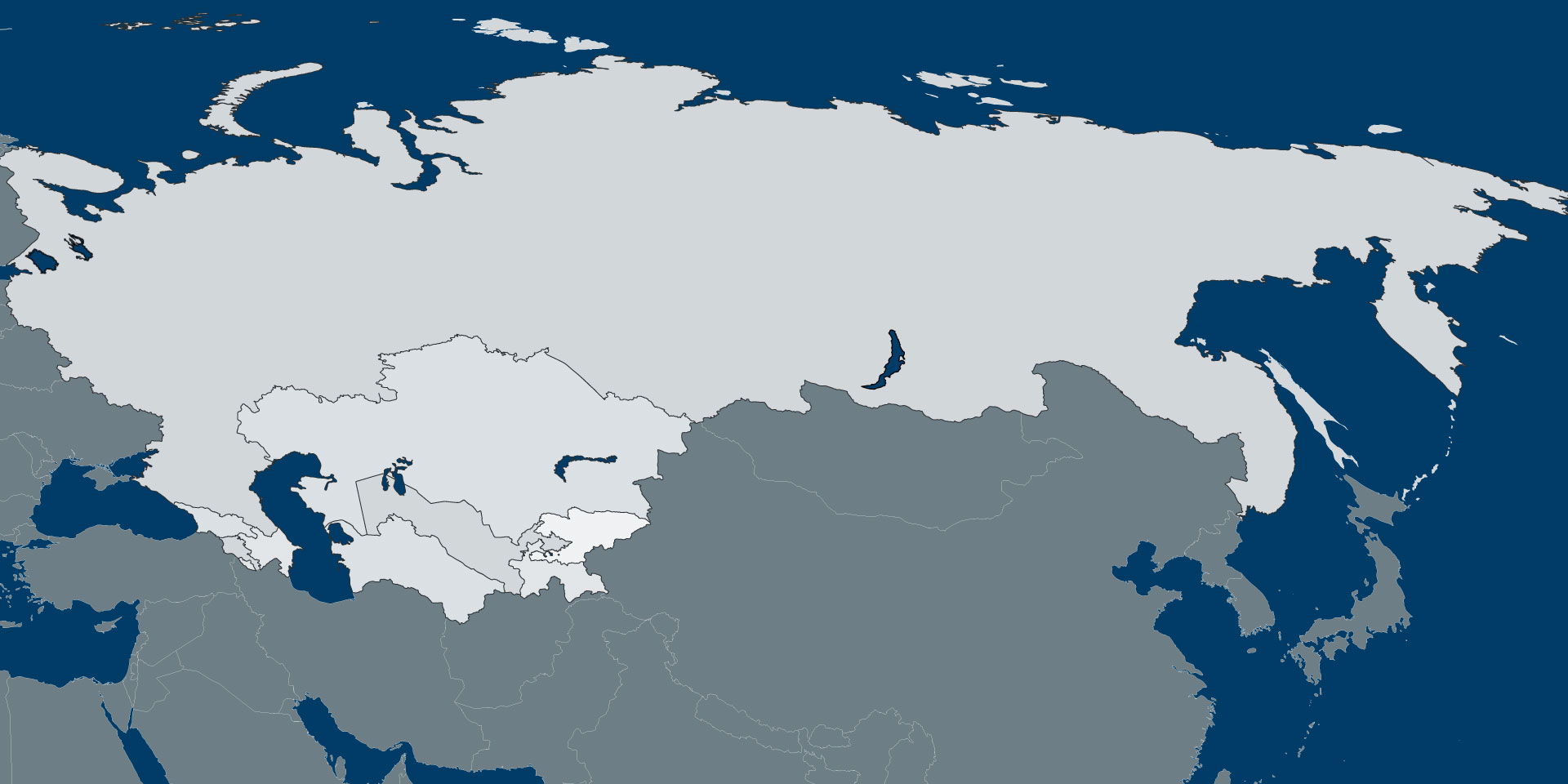[ad_1]
José Luis Pardo Veiras is the editorial director of the production company Dromómanos and co-author of “Narco América.” Íñigo Arredondo is the coordinator of the investigation unit of El Universal newspaper in Mexico.
In January 2007, just a few weeks after beginning his mandate and declaring “the war against the narco,” Felipe Calderón, then president of Mexico, went to a military base in the state of Michoacán dressed as a soldier. There, he praised the military on the first operations of the strategy that would mark the narrative of a country that had replaced Colombia as the epicenter of drug cartel activity. From that display of premature triumphalism, the only thing that has remained in these 15 years has been the overlap between civilian and military power represented in the presidential uniform. The rest of Calderón’s discourse has been a self-fulfilling prophecy: The country that he made up, mired in a security emergency by the power of drug lords, is now suffering the most violent years in its modern history.
In Mexico, about 350,000 people have been murdered, and more than 72,000 are still missing — according to official numbers from January 2006 to May 2021 — not only due to militarization but mainly because the soldiers left their barracks to fight a fictitious war. The official discourse established 15 years ago says the violence is caused by clashes between the state and illegal groups. But this conflict has now defined the dynamic, and it’s impossible to understand how the territory is governed without it. That was the case in the past, and it is the case now. Drug trafficking is not the beginning or end of Mexico’s misfortunes: It’s a catalyst that arrived in a country with a deep history of violence and impunity.
Homicides have tripled during this time, but that hasn’t stopped the increasing presence of the army. The deployed troops went from about 50,000 with Calderón, to almost 130,000 with his successor, Enrique Peña Nieto, to more than 150,000 under the current administration of Andrés Manuel López Obrador. That now includes the army and members of the National Guard, an institution born out of an electoral promise to reduce the army’s presence to a military command corp. And if the soldiers became police officers in 2006, they are now, under the current government, also great public infrastructure builders, ports and customs guards, and a wall against migrants. It’s becoming more and more common for a Mexican to cross paths with a military person without the army having changed an essential part of itself: its lack of accountability.
The number of deployed Mexican troops tripled since 2006 — and so did the number of homicides.
Furthermore, you can measure the military influence in how the war dynamic has permeated all security forces. The narrative of the War on Drugs has served as an umbrella for historic corruption and impunity in the way justice is served. The executions committed by those expected to protect the Mexican people have occurred in the past 15 years under the generic term “casualties from hostilities.” Here are two examples: In 2015, in Apatzingán, located in Michoacán, where Calderón’s war began, police officers killed at least 16 people who were defending themselves with sticks. In July 2020, in Nuevo Laredo, Tamaulipas, soldiers executed a man in cold blood after a shooting. In a video recorded by the same soldiers, someone can be heard saying, “He’s alive.” “Kill him” was the next command.
When you investigate Mexican municipalities, what you see is not a war between the state and criminals, but pacts where illegal groups are mixed with local politics in a fragile symbiosis where violence is always a resource. In the recent electoral campaign, more than 30 candidates were assassinated. Mexico is also one of the most violent countries globally for environmental activists: 153 died between 2008 and 2020. The homicides, which 15 years ago were concentrated in a few states, eventually extended to iconic tourist places. These include Acapulco — which is now one of the most violent cities in the world — and Los Cabos, which came to have six corpses hanging from a bridge at one point.
It’s no wonder that this War on Drugs has little to do with drugs. It’s the Mexican episode of a policy that President Richard M. Nixon inaugurated for internal political reasons. An episode that Ronald Reagan took to its maximum expression when insurgent groups and communism spread through Latin America amid the Cold War. The same effort that all U.S. administrations since then have continued to finance.
While López Obrador complains about the U.S. support of civil society organizations — many of which are human rights advocacy groups— being an intrusion on Mexican sovereignty, the State Department keeps supporting the Mexican army in its war against drugs and migration. In this era of globalized trafficking of illegal substances, of soldiers, of murdered and missing people, there’s only one constant: Mexico continues to be a significant drug producer and distributor that supplies the demand of the United States, the country that sends weapons — around 2.5 million illegal ones in the past decade — to the battles of a failed and painful war.
[ad_2]
Source link




/cloudfront-us-east-2.images.arcpublishing.com/reuters/ARHZ5EW6L5LVVIRTRRXQNLFDWA.jpg)











